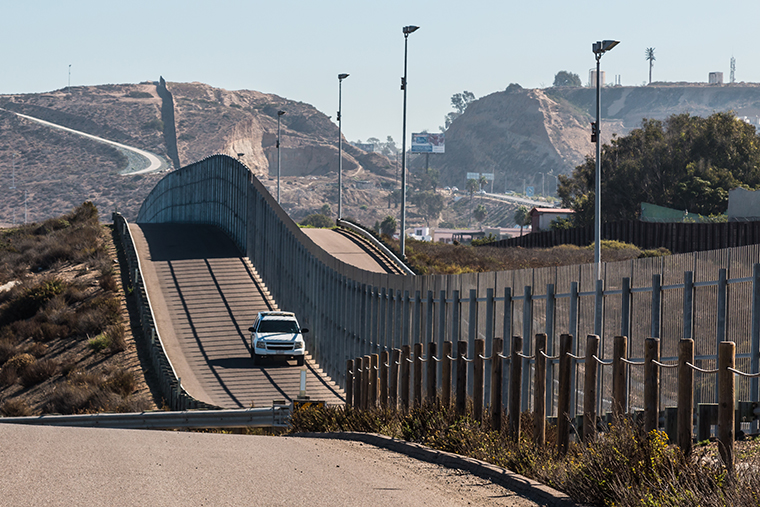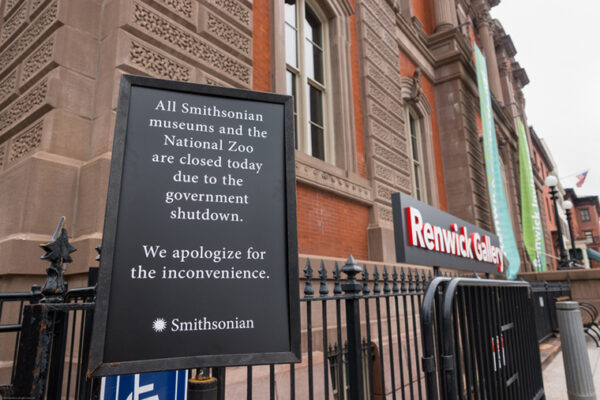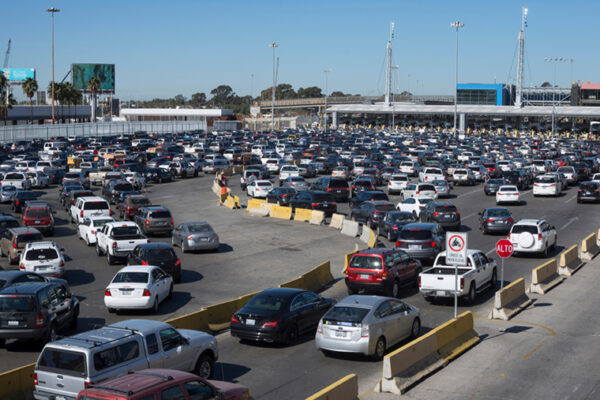Border walls remain a politically charged topic in the United States and elsewhere around the world. Yet they are far more than an immigration or security issue, finds a new study co-authored by a Washington University in St. Louis political scientist. They are a barrier to trade — reducing the legal flow of trade by nearly one-third.
The study, examining more than 50 barriers erected around the world — most of which have emerged since 2001 — found that legal trade plummets up to 31% as a result of constructing a wall between two neighboring countries.
No matter the intent of the wall, the economics suffer inconspicuously.

“Walls are not intended to block legal trade, which flows through ports of entry,” said David Carter, associate professor of political science in Arts & Sciences. “Rather, the reduction is the result of both increased general security and inspection that accompanies border fortification — often diverting workers and resources from ports to walls — as well as substitution by smugglers, who try to divert more illicit goods through ports of entry.”
The study, “Barriers to Trade: How Border Walls Affect Trade Relations,” by Carter and Paul Poast of the University of Chicago, was published Dec. 23 in International Organization, the journal with the highest citation impact factor in political science.
Using an array of econometric analyses, the authors crunched data to analyze the unintended consequences these border policies and construction movements create for trade.
A 2015 study regarding political economy, security and stability at borders erected between 1800 and 2014 — research in which the authors found economic disparities were a stronger predictor of wall construction than security — provided them with an empirical foundation on which to build this trade study.
Their empirical approach allows them to compare pre- and post-wall trade levels, controlling for all variables except those that are transnational or international and change across time. For example, they measure shifts in cross-border income inequality across time using gross domestic product-per-capita data — because walls tend to be built by richer countries that have poorer neighbors. Moreover, they also analyze the potential influence of alliance patterns, cooperative measures, disputes and rivalries, and differing forms of government across borders.
However they cut it, the authors wrote: “We consistently find a negative relationship between the creation of a border wall and cross-border trade flows.
“Reducing trade flows might be the intended goal,” the authors added. “Or reducing trade flow might be deemed an acceptable price for eliminating negative externalities …” such as illegal immigration, undocumented workers and illicit goods.
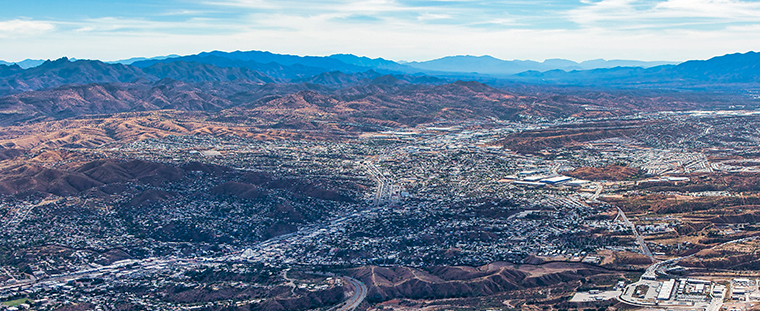
Said the University of Chicago’s Poast: “Border walls are a symbol of the backlash against economic integration and globalization. Many argue that such backlash is what led to Brexit and Donald Trump’s election. What our study indicates is that walls also produce material consequences, reducing legal trade as well as illicit activity.”
Then again, the authors also argue that such border fortifications lead to the diversion of illicit goods into ports of entry, which is consistent with some existing studies that find that border walls redirect rather than reduce crime.
Moreover, beyond being costly upfront, wall construction brings additional downstream costs, such as raising prices on legal trade and movement of people across the border. Some governments find such costs bearable; others do not.
One key question the study raises: As a wealthier neighbor than Mexico, is the United States’ staunching of the illegal flow of goods and people, or at least giving the appearance of it, worth the cost given that Mexico is one of this country’s most important trade partners? The same question can be asked for walls being built in Eastern Europe and the Middle East, as neighboring countries are commonly key trading partners.
“The sharp uptick in wall construction in the last two decades seems inconsistent with globalization, but is likely in no small part a product of economic globalization,” Carter said. “The people most affected by wall construction are those living near fortified borders and people who try to cross these borders to escape political and criminal violence in their home countries.
“It is not clear that walls are all that bad for smugglers, as an increase in the difficulty of operations leaves higher prices and potential profits for those organizations still able to partake in illicit trade,” he said.
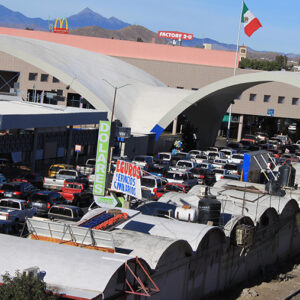
Drilled down to a local level between Texas and Mexico towns, for example, McAllen-Reynoso and Laredo-Nuevo Laredo are two neighbors who shared daily commerce and travel of goods, services, consumers and workers. There, a wall proves to be an economic hindrance, aside of any policy or goodwill affects, the co-authors pointed out.
Border walls aren’t a recent conundrum, either. For example, in 1994, President Bill Clinton authorized security fencing around the same time that the North American Free Trade Agreement was enacted with that same neighboring Mexico.
Carter said that despite the known economic costs — in addition to the probable military and human costs that he and Poast plan to analyze in future work — border walls are sharply on the rise globally.
“There were only nine border fortifications in place at the end of the Cold War, and 15 in 2001,” Carter said. “The number jumped to over 30 by 2010. By 2018, there were over 50 that are in place or in construction. Clearly, this is not a passing issue, but is one that will be with us as we move into the 2020s.
“As such, we view it as imperative that social scientists further our understanding of the economic, political and human consequences of walls.”
